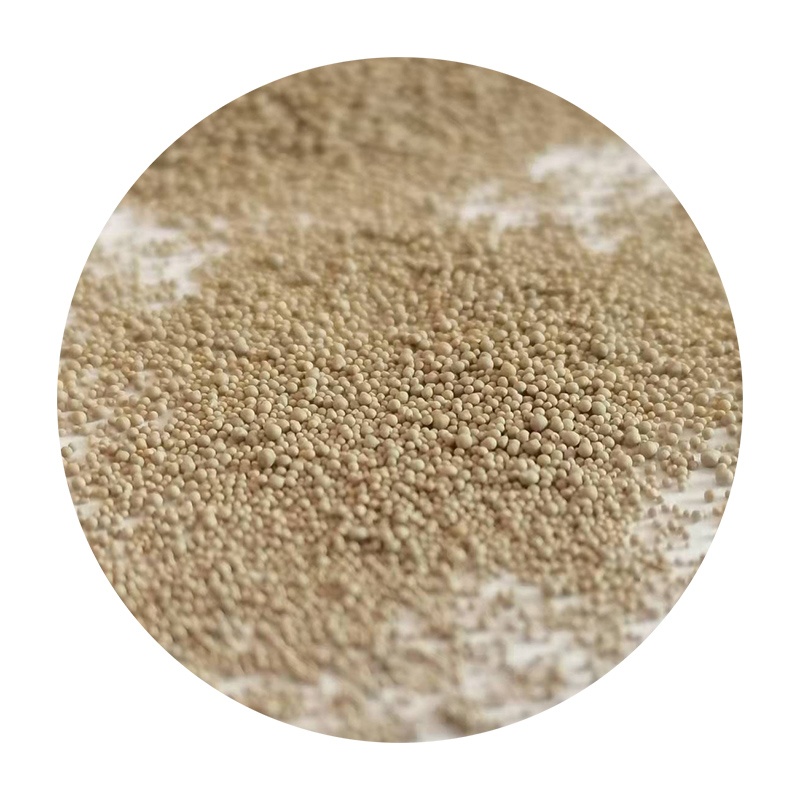The Evolution of Sand 3D Printing Transforming Industries
In recent years, 3D printing technology has revolutionized various fields, ranging from aerospace to healthcare. Among the various materials available for 3D printing, sand has emerged as a noteworthy contender, offering unique advantages for producing complex geometries and customized solutions. This article explores the evolution of sand 3D printing, its applications, and its potential to transform industries.
Sand 3D printing primarily utilizes a technique known as binder jetting. In this process, a digital model is segmented into layers, and a print head dispenses a binding agent onto layers of sand. This binding agent adheres the sand particles together, creating a solid object layer by layer. Once the printing process is complete, the unbound sand is removed, revealing the final product. This method allows for the creation of intricate designs that would be challenging or impossible to achieve using traditional manufacturing techniques.
The Evolution of Sand 3D Printing Transforming Industries
Furthermore, sand 3D printing not only accelerates the production process but also enhances design flexibility. Engineers and designers can create complex geometries that not only meet functional requirements but also improve performance. The ability to customize molds for different applications means that manufacturers can respond quickly to changing market demands without the need for extensive retooling.
sand 3d printing

Another promising application of sand 3D printing is in the construction industry. The concept of 3D printing entire buildings using sand-based materials has gained traction, particularly in the context of sustainable development. By utilizing local sand, companies can minimize transport costs and reduce the carbon footprint associated with construction. Moreover, sand 3D printing can facilitate the creation of modular structures that can be assembled quickly and efficiently, addressing housing shortages in various regions.
However, the widespread adoption of sand 3D printing does face challenges. While it offers significant benefits, the technology is still in its nascent stages compared to traditional manufacturing methods. Issues such as material consistency, the strength of the final product, and scalability need to be addressed before it can become a mainstream solution. Additionally, the cost of 3D printing equipment and materials can be a barrier for smaller companies looking to adopt this technology.
Despite these challenges, the future of sand 3D printing looks promising. Ongoing research and development efforts are focused on enhancing the material properties of printed sand structures and expanding the range of applications. Furthermore, as the demand for sustainable and efficient manufacturing techniques continues to rise, the adoption of sand 3D printing is likely to increase across various sectors.
In conclusion, sand 3D printing represents a significant advancement in additive manufacturing, offering unprecedented opportunities for innovation and efficiency. Its applications in mold-making, construction, and beyond highlight its versatility and potential to transform traditional practices. As technology continues to evolve, sand 3D printing may pave the way for a more sustainable and agile manufacturing landscape, allowing industries to meet the demands of the future effectively.
Post time:Aug . 21, 2024 04:28
Next:Testing Methods for Foundry Sand Quality and Performance Evaluation Techniques
